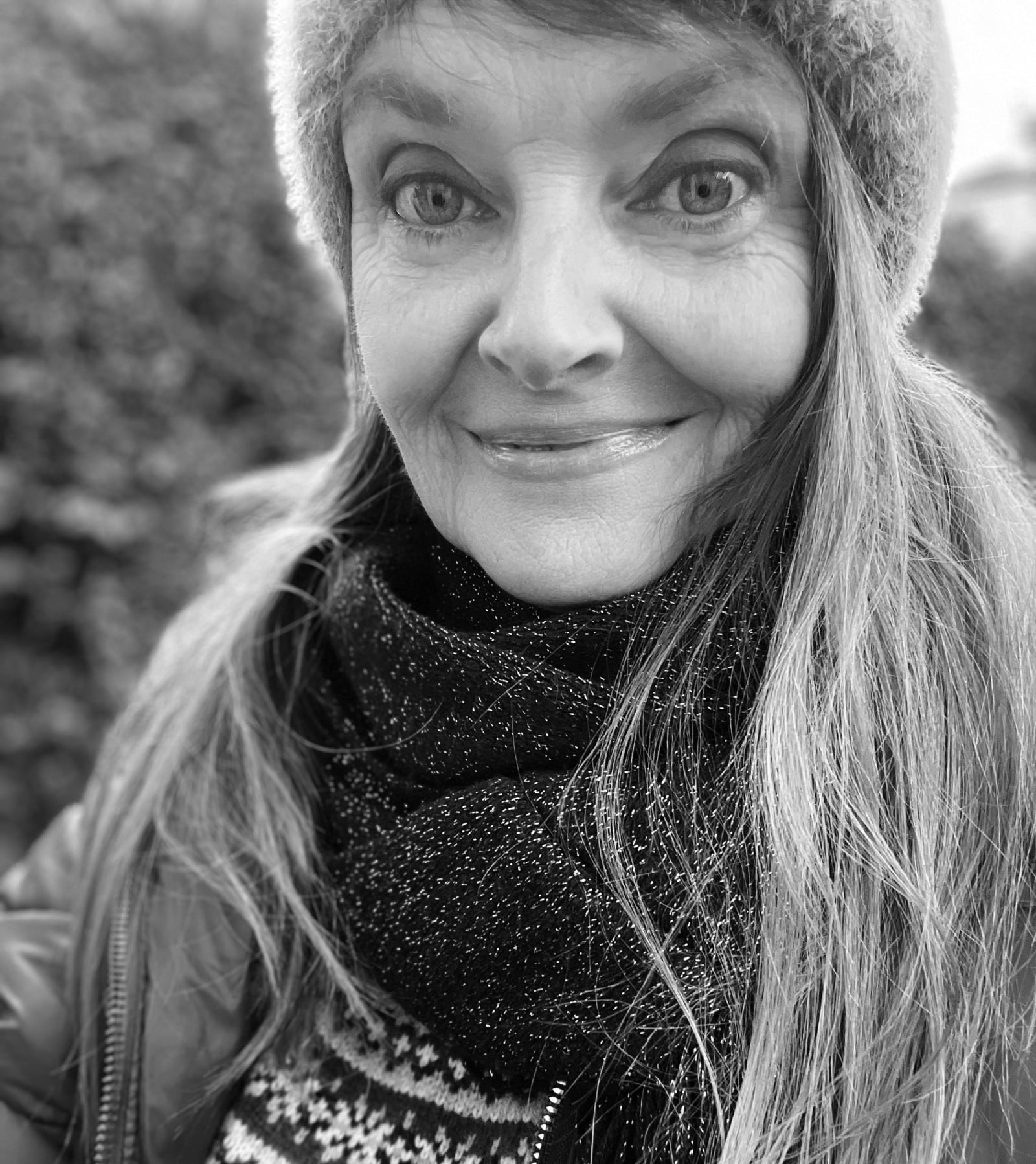artwork infos
portrait
ai
01:20
2025
Tamsin Smyth
Wild Pond Dreaming
Tamsin Smyth
Phase Coherence
Tamsin Smyth
Terra Crystalis
Tamsin Smyth
Shoreline Dreaming
Tamsin Smyth
Bee Resonance
Tamsin Smyth
Loomin Multi Scene
Tamsin Smyth
Terra Crystalis Portal 1
Tamsin Smyth
Breast Cancer Awareness
Tamsin Smyth
Autumn Hologram
Tamsin Smyth
Transmission
Tamsin Smyth
Terra Chromatis Eclipse
Tamsin Smyth
Terra Chromatis Thaw
Tamsin Smyth
Pink Ribbon Dreaming
Tamsin Smyth
Nomads
Tamsin Smyth
Serena
Tamsin Smyth
Transmutation
Tamsin Smyth
Bee Transmutation Longform
Tamsin Smyth
The Bees
Tamsin Smyth
Filament Fungi 1
Tamsin Smyth
Unfurling
Tamsin Smyth
Terra Chromatis Eclipse Mul...
Tamsin Smyth
Filament Fungi 2
Tamsin Smyth
The Eternal Now
Tamsin Smyth
Recursion
Tamsin Smyth
Coherence
Tamsin Smyth
Spectral Transmission
Tamsin Smyth
Wanderers
Tamsin Smyth
Breath
Tamsin Smyth aka Tamsyland, is an Australian multi-disciplinary artist and pattern designer whose exploration of neuroaesthetics has been a key factor in shaping her practice. Neuroaesthetics focuses on how the mind responds to visual stimuli, such as curiosity, surprise, and wonder—emotions that art can evoke, essential to our mental well-being. Tamsin discovered that colour, with its ability to elicit specific emotional responses, became a powerful tool in her work.
In recent years, Tamsin has expanded her practice by incorporating generative AI into her art-making process, a technique she refers to as ai-deating. Through AI, she finds a broader way to connect with her inner world and externalise her artistic vision in unexpected and transformative ways. For Tamsin, AI is not just a tool but a partner in her creative journey, enabling her to push boundaries and explore new ideas. Tamsin crafts surreal, futuristic visuals where glowing chromatic lightscapes, smooth gradients, and deep-space textures evoke a sense of wonder, merging reality with otherworldly dreamtimes. Tamsin has a diploma in graphic design from Swinburne University Melbourne. She worked as a full-time illustrator for a number of newspapers and as senior artist and art director for a children’s animated TV show where she was awarded a Digital Emmy in 2013 for her work on a transmedia project featuring apps that children can use in the natural world.

Bee Transmutation Longform
ai
portrait
01:20
2025
